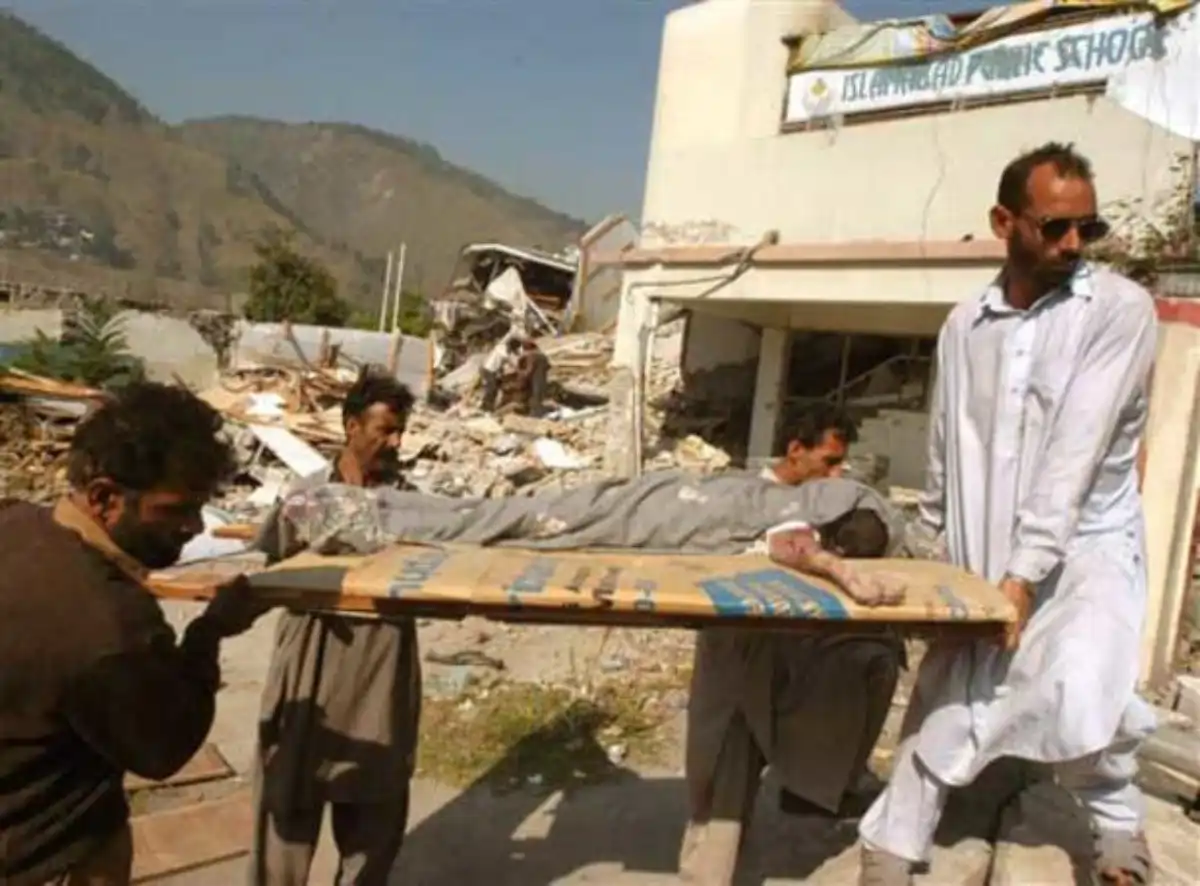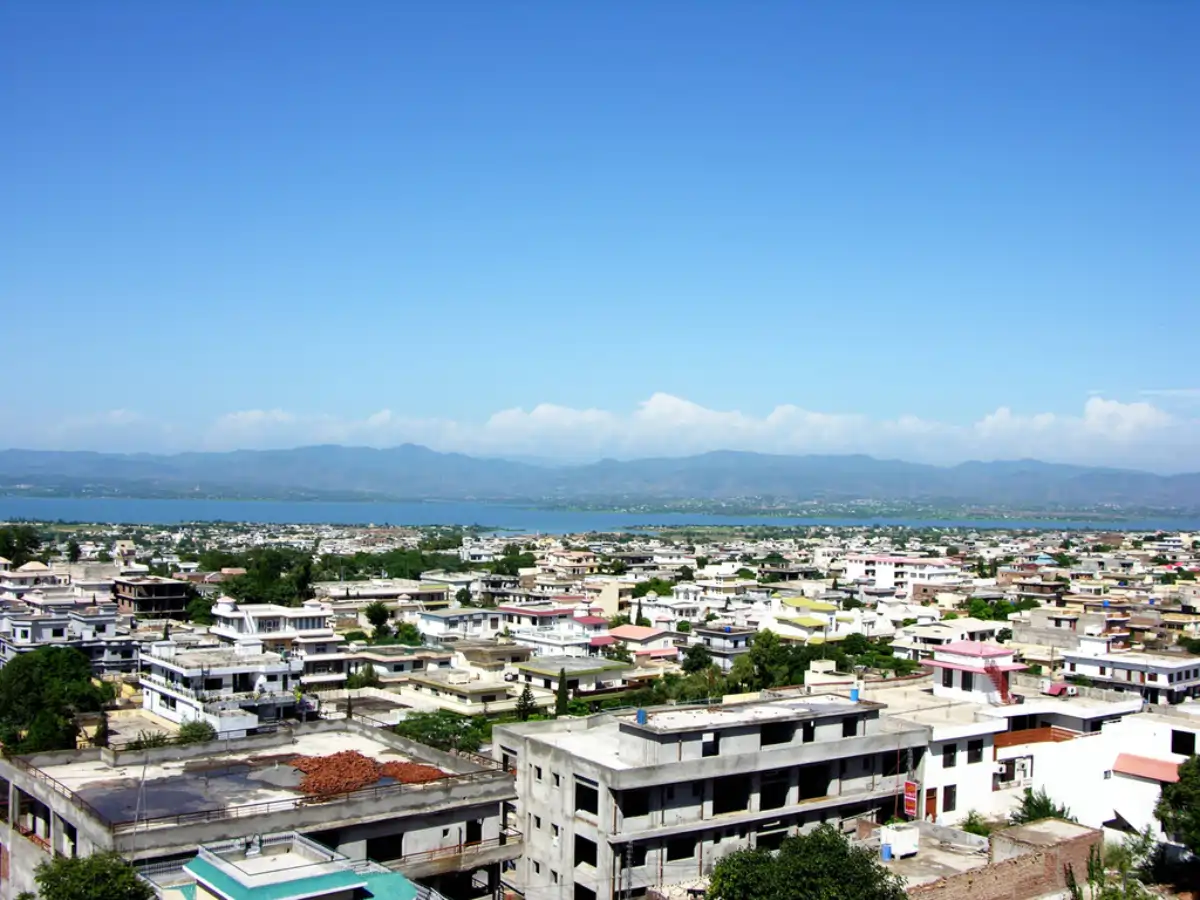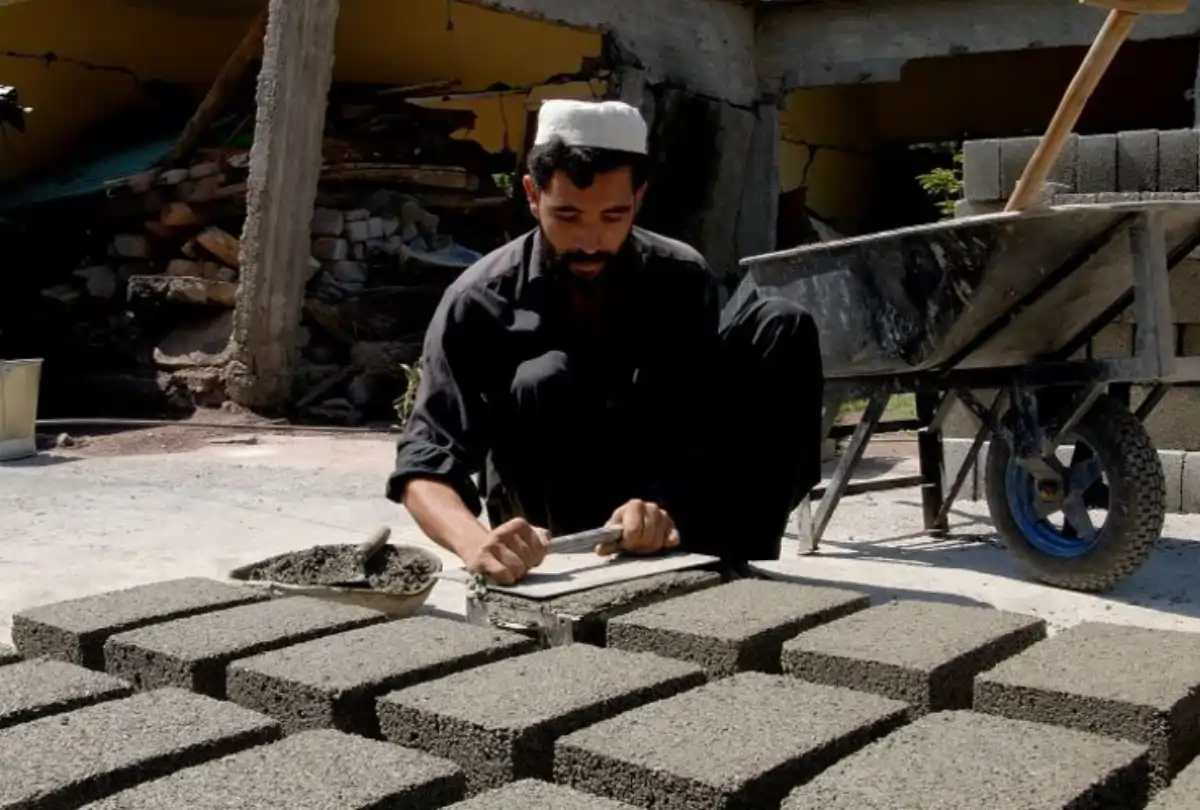
Impact of the 2005 Earthquake: Rebuilding Azad Kashmir
On October 8, 2005, a catastrophic earthquake of magnitude 7.6 struck Azad Jammu and Kashmir (AJK) and parts of Pakistan, leaving destruction and despair in its wake. This devastating event
On October 8, 2005, a catastrophic earthquake of magnitude 7.6 struck Azad Jammu and Kashmir (AJK) and parts of Pakistan, leaving destruction and despair in its wake. This devastating event not only took tens of thousands of lives but also changed the course of the region’s history. In this blog, we explore how the 2005 earthquake affected the socio-economic landscape of Azad Jammu and Kashmir, the immediate and long-term impacts on its people, and how the region has been rebuilding over the years.
The 2005 Earthquake That Shook Azad Jammu and Kashmir
The 2005 earthquake, one of the deadliest natural disasters in South Asia, caused widespread destruction, particularly in Azad Kashmir, including major cities like Muzaffarabad, Balakot, and Bagh. The earthquake claimed nearly 25,000 lives in AJK, injuring and displacing thousands more. The earthquake inflicted immense physical damage, tearing apart the region’s socio-economic fabric. It reduced roads, bridges, hospitals, and homes to rubble and wiped entire villages off the map.
Human Cost: Lives Lost, Families Displaced in 2005 Earthquake
The earthquake’s immediate human toll was staggering. Over 86,000 people lost their lives across Pakistan-administered Kashmir, with nearly 25,000 fatalities in Azad Kashmir alone. The vast majority of casualties occurred due to the collapse of poorly constructed buildings. The earthquake trapped many people under debris, and the destruction of infrastructure exacerbated the crisis by preventing immediate medical help.
Displacement was another tragic consequence of the earthquake. Displacement became another tragic consequence of the earthquake. Over 3.5 million people lost their homes and sought refuge in makeshift shelters for months and even years.
The slow pace of rebuilding meant that many survivors lived in temporary conditions, struggling to rebuild their lives.

Economic Devastation in the 2005 earthquake: The Struggle to Rebuild
The 2005 earthquake hit the region’s economy hard. Agriculture, which is the backbone of Azad Kashmir’s economy, was severely affected. Crops were destroyed, livestock perished, and irrigation systems were damaged. The destruction of markets, businesses, and infrastructure disrupted local economies, leaving many families without a means of livelihood. The region’s economy, heavily dependent on farming and local industries, came to a standstill.
Many businesses were either destroyed or forced to close down, leading to a rise in unemployment. This was particularly visible in rural areas, where most people relied on agriculture for their income. Unemployment, coupled with the disruption of normal life, created a cycle of poverty, with many families dependent on aid and struggling to regain their self-sufficiency.
Education and Healthcare in the 2005 Earthquake: The Long Road to Recovery
The earthquake also devastated the education and healthcare sectors. Thousands of schools were destroyed, leaving children without classrooms. Many educational institutions operated in makeshift tents or temporary shelters for years after the disaster. The loss of education affected an entire generation of students, and many children dropped out of school, either due to the destruction or the financial strain on families.
In addition, the healthcare system was overwhelmed. Hospitals were either damaged or destroyed, and medical supplies were scarce. While aid organizations rushed to provide relief, the shortage of medical professionals and resources made it difficult to offer adequate care. As a result, many people faced long-term health challenges, with a backlog of untreated injuries and diseases.
Migration: A Shift in Demographics
In the aftermath of the earthquake, a large number of people moved away from the impacted areas in quest of work and improved living conditions. A wave of internal migration resulted from this, with families relocating to Pakistan’s surrounding regions. Housing, social services, and infrastructure in the communities that took in these migrants were all significantly impacted by the demographic upheaval.
Additionally, the exodus resulted in the loss of local artists and skilled laborers. After the earthquake, those who were unable to return looked for better prospects elsewhere, which caused more social and economic upheaval.
The Role of Aid Organizations: Lending a Helping Hand
The immediate response to the earthquake came from both local and international aid organizations. Humanitarian groups, including the United Nations and the World Food Programme, provided emergency relief, such as food, medical supplies, and temporary shelter. Volunteers from all over the world came to help, and their efforts were crucial in alleviating the immediate suffering of the affected populations.
Introducing high-yield crop types that are more hardy and productive is one of the main initiatives. To increase water efficiency, especially in drought-prone areas of the reproductive cycle, these relationships may have pretended to be among the most fundamental. The Pakistani government made a concerted effort to renovate homes, schools, clinics, and foundations in collaboration with international donors and non-governmental organizations. Fundamental administrations were eventually restored, and networks began the protracted process of recovery.
As well as remaking foundations, help associations likewise centered around limit building endeavors, giving preparation and abilities advancement projects to assist nearby networks with turning out to be more independent. These projects enabled the occupants of Azad Kashmir to assume responsibility for their recuperation, while likewise setting them up for future catastrophes.
Lessons Learned: Preparing for the Future
The 2005 earthquake left the region with many lessons that continue to influence disaster preparedness and response strategies today.
1. Early Warning Systems: A Critical Need
One of the key takeaways from the earthquake was the importance of early warning systems. The region did not prepare adequately for a disaster of this magnitude, and the lack of warning systems contributed to the high death toll. Since the earthquake, authorities have worked to develop and improve early warning mechanisms, particularly in high-risk areas.
2. Building Resilient Infrastructure
The earthquake exposed the region’s infrastructure vulnerabilities, prompting rebuilding efforts focused on creating structures that can withstand future earthquakes. However, challenges remain in ensuring affordability and high seismic standards for these buildings. The goal is to enhance the region’s resilience to future natural disasters.
3. Community Involvement in Recovery
Another important lesson from the 2005 earthquake is the value of involving local communities in the recovery process. Communities have local knowledge and firsthand experience of the issues they face, and their participation can lead to more sustainable and effective rebuilding efforts. Empowering communities to take the lead in their recovery not only helps in the short term but also strengthens social cohesion.
4. Mental Health Support: Addressing the Hidden Toll
The mental health impact of the earthquake was significant but often overlooked. Many survivors struggled with post-traumatic stress disorder (PTSD), anxiety, and depression. Moving forward, disaster relief efforts now place more emphasis on providing psychological support, helping survivors cope with the long-term emotional toll of such a devastating event.

A Brighter Future: Azad Jammu and Kashmir’s Resilience
In spite of the significant difficulties, Azad Jammu and Kashmir has gained amazing headway in its recuperation from the 2005 seismic tremor. The district’s versatile individuals joined with help from nearby and worldwide accomplices, have remade homes, schools, and frameworks. Albeit the scars of the quake stay, the souls of individuals have demonstrated to be more grounded than at any time in recent memory.
As the travel industry in Kashmir thrives by and by, because of its stunning scenes, social legacy, and dynamic nearby networks, Azad Jammu and Kashmir has arisen as an image of flexibility. The district’s regular magnificence, from the grand pinnacles of the Himalayas to the peaceful shores of Rawalakot and Banjosa Lake, keeps on drawing voyagers from across the globe, anxious to encounter the region’s quiet appeal.
Today, guests to Azad Jammu and Kashmir can observe the stunning magnificence of its valleys as well as the unstoppable strength of its kin. The locale has gained important examples from the 2005 seismic tremor and keeps on revamping with trust, versatility, and a dream for a superior future.
The 2005 tremor might have left profound scars, yet it additionally started a mind-blowing excursion of remaking, flexibility, and recuperation. Azad Jammu and Kashmir have progressed significantly since that critical day, and the illustrations gained from the debacle have molded better calamity readiness and reaction frameworks. Today, the district remains a demonstration of the strength of its kin, prepared to confront future difficulties and embrace valuable open doors for development and flourishing.






